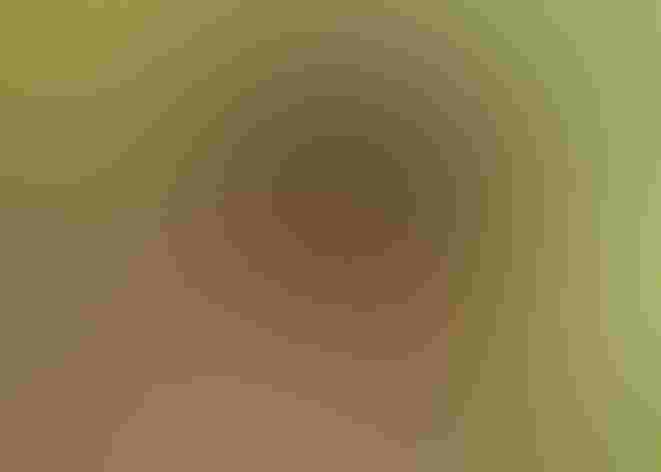Northern Saw-whet Owl
At a Glance
Birders who prowl through conifer groves in winter sometimes find this round-headed little gnome perched there, sitting still as if to avoid notice. Avoiding notice is a task at which this owl often succeeds; it is overlooked in many places where it occurs. Late at night in the breeding season, males give a rhythmic tooting song that may go on for hours with scarcely a break. The bird was named for this song, which reminded settlers of the sound of a whetstone sharpening a saw.
All bird guide text and rangemaps adapted from Lives of North American Birds by Kenn Kaufman© 1996, used by permission of Houghton Mifflin Harcourt Publishing Company. All rights reserved.
Category
Owls
IUCN Status
Least Concern
Habitat
Forests and Woodlands, High Mountains, Shrublands, Savannas, and Thickets, Urban and Suburban Habitats
Region
Alaska and The North, California, Eastern Canada, Great Lakes, Mid Atlantic, New England, Northwest, Plains, Rocky Mountains, Southeast, Southwest, Texas, Western Canada
Behavior
Flap/Glide, Undulating
Population
2.000.000
Range & Identification
Migration & Range Maps
Some remain all year on breeding range, others move south in autumn. Some western mountain birds may move downhill for winter. Migration is relatively early in spring, late in fall. Migrates at night.
Description
7" (18 cm). A very small owl with no "ear" tufts. Overall warm brown, with reddish streaks on white chest. Juveniles in summer are chocolate brown with tawny buff belly, white eyebrows. In far north, see Boreal Owl (rare).
Size
About the size of a Robin, About the size of a Sparrow
Color
Black, Brown, Orange, Red, White, Yellow
Wing Shape
Broad, Long, Rounded
Tail Shape
Rounded, Short, Square-tipped
Songs and Calls
Usually silent; in late winter and spring utters monotonous series of tooting whistles.
Call Pattern
Flat, Rising
Call Type
Scream, Whistle
Habitat
Forests, conifers, groves. Breeds most commonly in coniferous forest of various kinds, including open pine forest, spruce-fir associations, white cedar swamps; also mixed woods such as pine-oak, spruce-poplar, and others. In some places, breeds in oak woodland or in streamside groves in arid country. Winters in habitats with dense cover, especially groves of conifers.
Sign up for Audubon's newsletter to learn more about birds like the Northern Saw-whet Owl
Behavior
Eggs
5-6, sometimes 4-7, rarely 3-9. White. Incubation is by female only, 27-29 days. Female remains in nest almost constantly from time first egg is laid; male brings food to her throughout this time.
Young
At first, adult male brings all food to nest, female feeds it to young. Female remains with chicks until youngest is about 18 days old; then she may begin to hunt for them also, or may depart. Young leave nest at about 4-5 weeks, remain together near nest and are fed (mostly by male) for at least another 4 weeks. Female may sometimes find another mate and nest a second time in one year.
Feeding Behavior
Hunts almost entirely at night, mostly by waiting on low perches and then swooping down on prey. Finds its prey both by sound and by sight.
Diet
Mostly small rodents. Feeds mostly on mice that live in forest, especially deer mice; also many voles. Also eats other mice, shrews, young squirrels, sometimes small birds and large insects. Resident race on the Haida Gwaii islands, British Columbia, may eat crustaceans and insects in intertidal zone.
Nesting
Early in breeding season, male sings incessantly at night to defend territory and attract a mate. Nest site is in cavity in tree, usually 15-60' above ground. Mostly use abandoned woodpeckers holes, especially those of flickers and Pileated Woodpeckers. Will also use artificial nest boxes. Apparently will not use same site two years in a row.
Conservation
Conservation Status
Probably some declines in numbers with loss of habitat, but still widespread and fairly common.
Climate Threats Facing the Northern Saw-whet Owl
Choose a temperature scenario below to see which threats will affect this species as warming increases. The same climate change-driven threats that put birds at risk will affect other wildlife and people, too.










